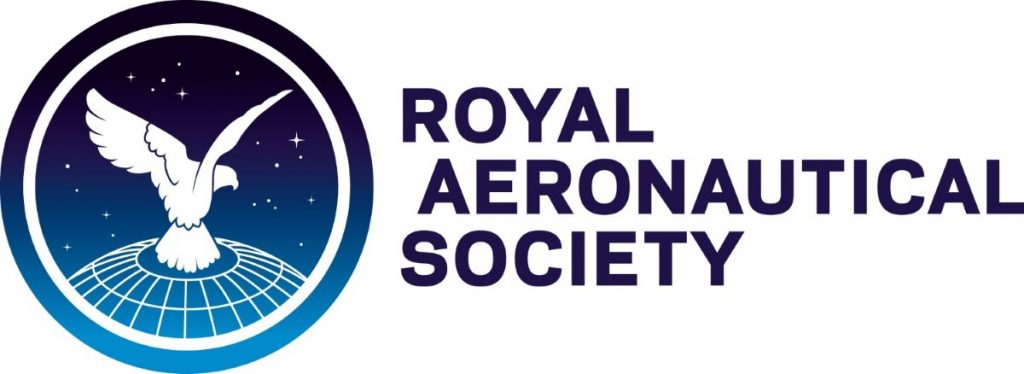UK’s Airports Commission enters final furlong
RAeS Head of Research, Professor Keith Hayward, looks at the choices for SE England airport capacity expansion as the Davies Commission enters the final stage ahead of publishing its recommendations next year.
The Airports Commission, headed by Sir Howard Davies, on the future of London airports has reached its final public phase. Announcing twelve weeks of public consultation on the three options – an expanded Gatwick with a second runway, a third runway, or extending the current northern runway to allow simultaneous take offs and landings, at Heathrow – Davies is on track to publish its final recommendations in June 2015.
The supporting documentation includes a lengthy analysis of the costs, business case and environmental impact of the three alternatives. In all cases, the costs are estimated to be higher than presented by the advocates of each scheme. The Heathrow options could cost between £101bn and £214bn, whereas Gatwick could cost half as much, at £42-127bn. Of the Heathrow proposals, the runway extension would be the more expensive than the third runway preferred by the Heathrow owners. The additional expenditure includes infrastructure costs, which would be higher for Heathrow expansion. Davies also asserts that expansion will have a greater impact on landing charges than predicted, with fears of higher ticket prices.
Although caveating its conclusions with a warning about the methodology used to calculate employment effects, Davies believes that a Heathrow solution will generate more jobs. But in general, airport expansion in the London area will be of benefit to the whole economy through enhanced productivity and access to overseas markets. There is a clear case for at least one new runway in London and the South East by 2030 – a view that does not exclude both Heathrow and Gatwick expansion, although cost and politics might rule this out.
The environmental impact assessment is likely to be decisive politically, as the noise and pollution effects will attract most of the local opposition to any of the alternatives. Gatwick would bring more people under the noise footprint, but would still be fewer than either of the Heathrow options. The political impact of the latter will be accentuated by the population density of the Central London approach path although the Heathrow owners argue that their third runway proposal would have a less pronounced affect.
There is an underlying commercial issue determining how one views a straight choice between either Heathrow or Gatwick. Heathrow proponents point to the importance of maintaining a London global hub airport that can sustain a high level of connectivity. Gatwick owners contend that low cost operations and point-to-point services using the new generation of aircraft such as the Boeing 787 and Airbus A350., are the fastest growing segments of the market.
All of these economic assumptions will be tested by the public consultation process; but the fundamental test will be political. There is a strong wind of support for expansion coming from the business community, with Heathrow having something of an edge. Set against this are some well-entrenched local opposition groups with support from Members of Parliament across the party spectrum. With the final report due after the General Election in May, the decision will be sitting on the in-coming Transport Minister’s desk.
See more at: http://aerosociety.com/News/Insight-Blog/2628/UKs-Airports-Commission-enters-final-furlong#sthash.noZQVdin.dpuf





-01.png)